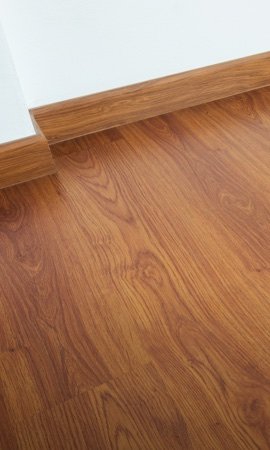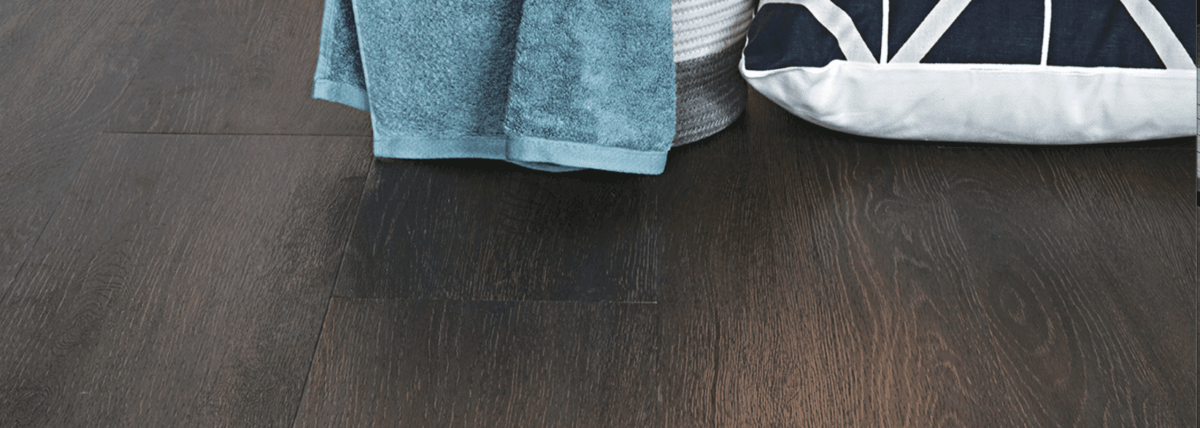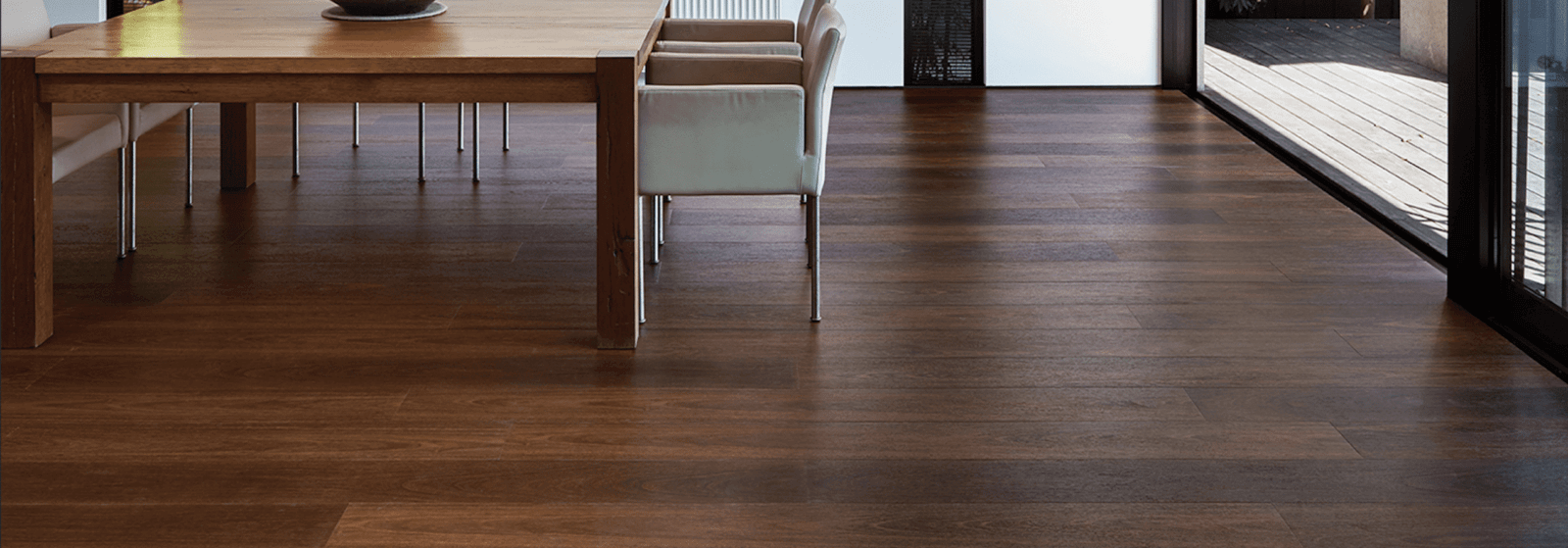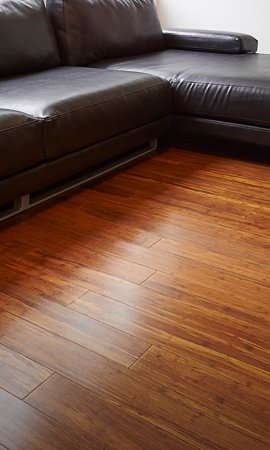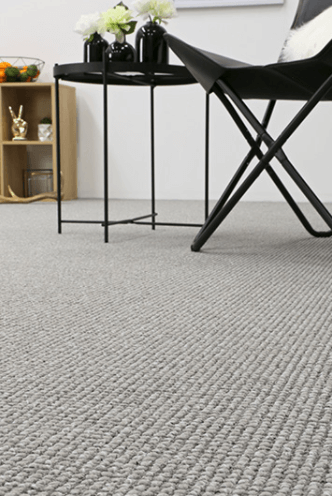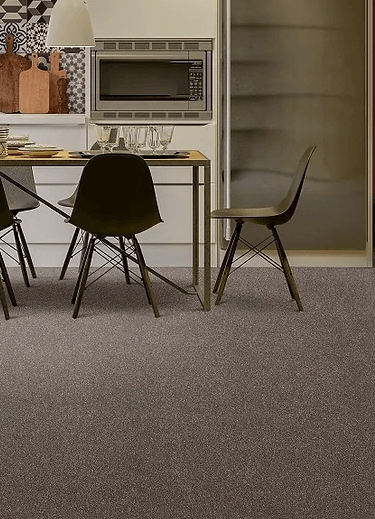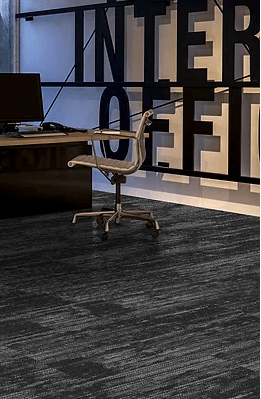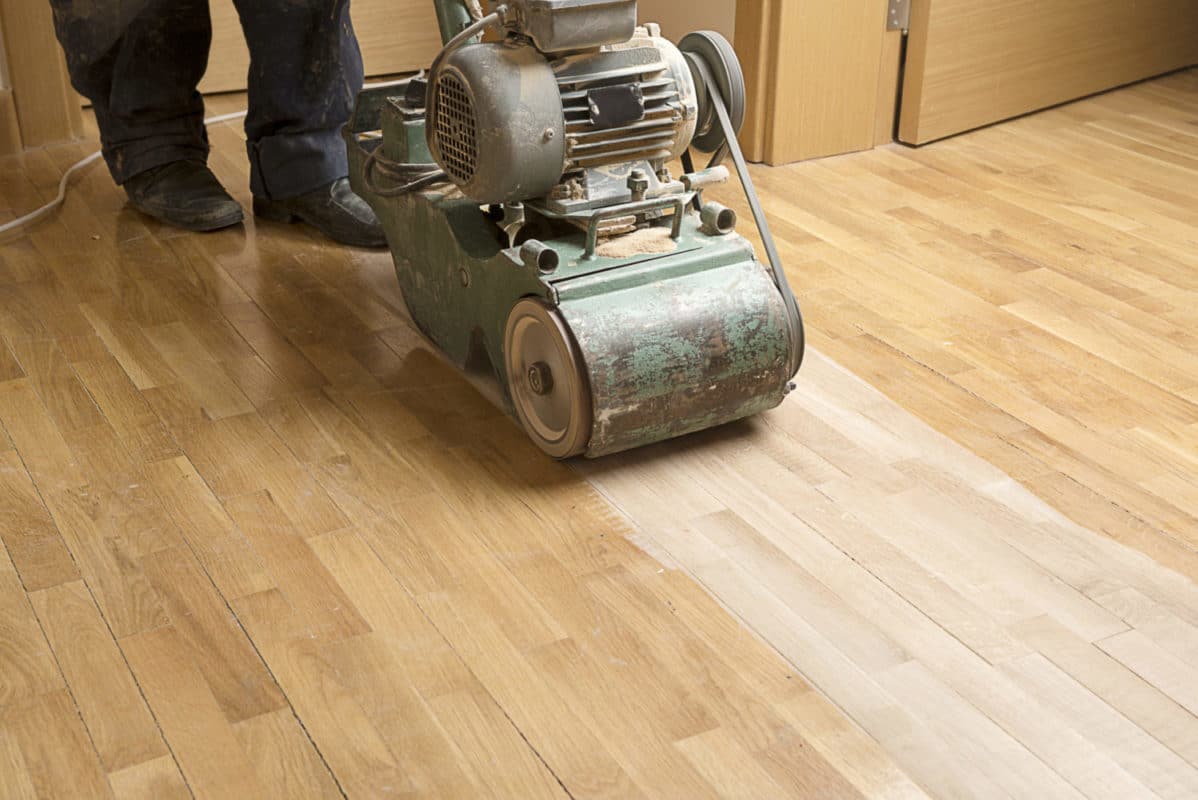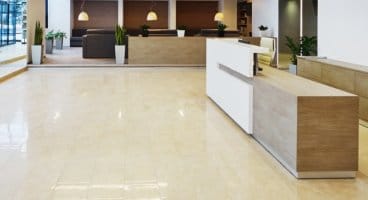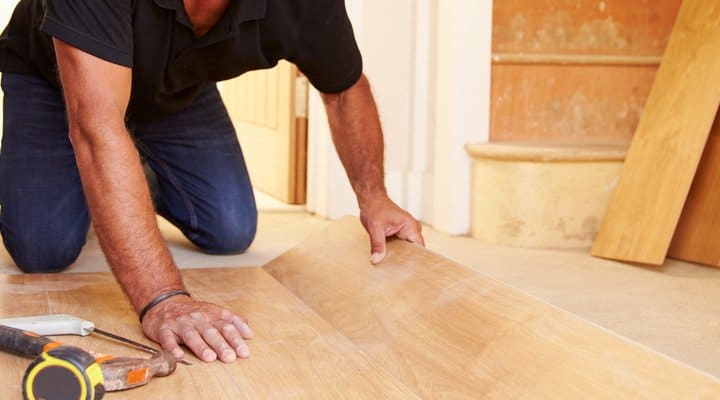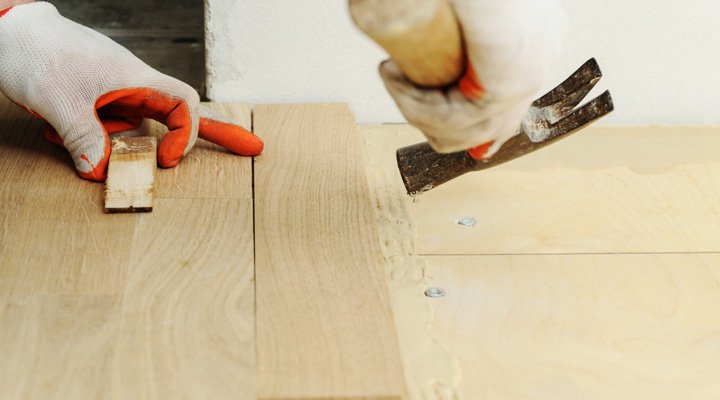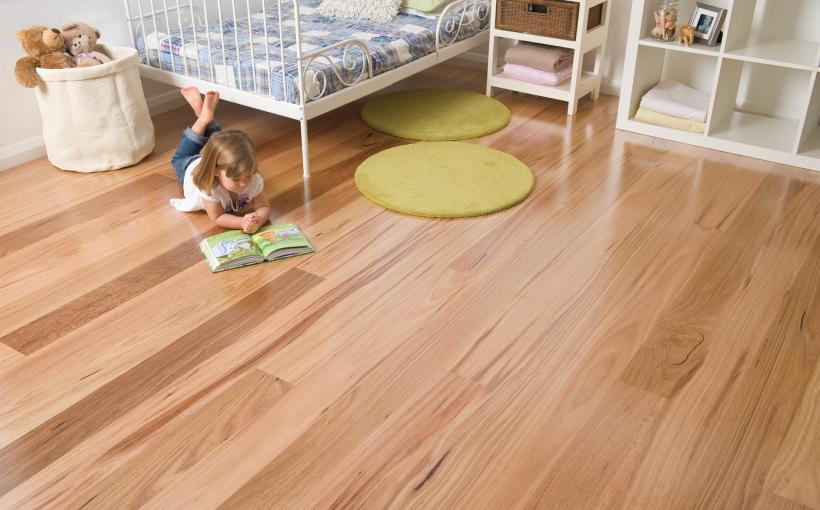

14 Aug Looking for Blackbutt Timber Flooring?
(Image courtesy of Boral)
Blackbutt (Eucalyptus pilularis) is a native Australian hardwood prized for its strength, versatility, and timeless appeal. It grows primarily in the coastal forests of New South Wales and southern Queensland, where trees can reach heights of up to 50 metres and live for more than 200 years.
This species is easily recognisable by its distinctive bark — rough at the base but smooth and pale on the upper trunk — as well as its dark green leaves and clusters of white flowers that bloom in spring and summer. Blackbutt also plays an important role in the ecosystem, serving as a food source for koalas.
As a timber product, Blackbutt is renowned for its durability and beauty. Its light blond to honey-brown tones brighten interiors, making it a popular choice for contemporary Australian homes. Even Parliament House in Canberra features Blackbutt flooring, showcasing its prestige and reliability.
In this guide, we’ll explore the unique characteristics of Blackbutt flooring and how you can bring its natural beauty into your own home.
What is Blackbutt flooring?
Blackbutt is considered one of the most durable Australian hardwoods, making it a reliable and sustainable flooring choice. It grows quickly, regenerates naturally, and is widely available across the country, making it both eco-friendly and accessible.
In flooring, Blackbutt boasts a Class 1 durability rating — the highest grade. This means it can resist decay and pests for over 50 years above ground (indoors or outdoors) and more than 25 years when in-ground. Its Janka hardness of 9.1 kN places it on par with other premium timbers like Spotted Gum and Sydney Blue Gum, giving it excellent resistance against daily wear, scratches, and impacts.
With a density of 900 kg/m³, Blackbutt naturally resists termites and fire. In fact, its name comes from the darkened base of the tree after bushfires, reflecting its resilience. It also carries a BAL-29 bushfire rating, making it a safe option for homes in bushfire-prone regions. For compliance, FloorVenue installers follow Australian Standard 3959 (Construction of buildings in bushfire-prone areas) for bushfire installations, which sets out the requirements for building materials and flooring used in these zones.
Beyond strength, Blackbutt is highly versatile in design. It can be stained, polished, or painted to match a wide range of interior styles and is equally suitable for indoor flooring and outdoor decking.
What colour is Blackbutt timber?
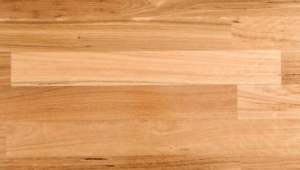

Blackbutt timber is prized for its consistent colour and straight grain, with tones ranging from pale, creamy browns to rich, golden honey hues. Its light shades help brighten interiors and complement both modern and traditional home designs.
Like all natural Australian hardwoods, colour variation is part of its character. Heartwood, taken from the centre of the tree, often displays warmer golden tones with the occasional pink tinge. Sapwood, from the outer layers, is typically lighter and may feature small gum veins — a natural variation caused by sap deposits within the tree.
Another factor that influences appearance is the source of the timber. Plantation-grown Blackbutt generally has a more uniform colour, while wild-grown Blackbutt offers greater variation and character. This gives homeowners flexibility to choose between a sleek, consistent look or a floor with more natural diversity.
What are your Blackbutt flooring options?
Solid Blackbutt Timber Flooring
Solid timber is the real deal, using planks of real wood that are processed into flat and robust floorboards.
This hardwood flooring option is the most expensive, but it gives you a durable and hard-wearing floor that can last for generations. This is because solid timber can be re-sanded multiple times after it starts to look tired, giving you a fresh, new surface for years to come.
Check out your Solid Blackbutt Timber Flooring options here.
Engineered Blackbutt Timber Flooring
Engineered blackbutt flooring is a newer option if you’re still looking to get the durability and looks of real timber. It employs a multi-layered construction, with a thin surface of timber that is bonded to a thick plywood base. Although you’re still looking at real wood on top, blackbutt engineered flooring is more affordable and more stable to climatic changes compared to solid timber.
If you’d like to learn more about solid and engineered timber and how they compare, we have a comprehensive guide on it here.
Blackbutt Laminate Flooring
Laminate floors aren’t real hardwood flooring, but use a ‘print layer’ instead – essentially printing a photo of the timber, and sandwiching it between a protective top coat and HDF substrate to give a stylish and cheap floor.
There’s a wide range of manufacturers that supply blackbutt laminate in a range of thicknesses and widths, with some high-quality brands being Luxflor, Oakleaf, and Evolution. In particular, Luxflor’s Hugo Blackbutt is a premium wide-board blackbutt floor, featuring unparalleled AC4 durability for homes, offices, and even industrial environments. Want to see what they look like? Check out FloorVenue’s laminate range here.
Blackbutt Hybrid Flooring
Hybrid floors are essentially a modified and improved version of laminate flooring, but use PVC (vinyl) in addition to HDF. This allows hybrid floors to be 100% waterproof, making them great for high-moisture areas like the kitchen and laundry. They still have the same benefits and drawbacks of laminate floors, though.
Some of the name-brand hybrid blackbutt floors that you can expect to find in Australia include Marvel, ResiPlank and Aspire – take a look at them here.
How do you install Blackbutt Flooring?
You install Blackbutt flooring in the same way as you’d install any other floor! Depending on the products and brands that you’ve chosen above, there are two primary ways that you can install these timber floors.
1) Installing Solid Blackbutt Timber Flooring
Solid timber flooring can be installed directly onto the joists and bearers, or glued and nailed to an existing subfloor. While this method is more time-consuming and costly due to the need for adhesives or nails, it creates a floor that feels exceptionally solid underfoot.
Sold timber may be supplied in raw form, which requires sanding and finishing after installation, or as prefinished boards, which come factory-coated for faster installation and immediate use.
(All of the other flooring types come in ‘prefinished’ form only.)
2) Installing Floating Blackbutt Flooring
Engineered, laminate, and hybrid floors are typically installed as a floating floor, where planks click together and are laid over the existing surface. This method is quicker, more affordable and doesn’t require glue or nails. However, it does rely on having a flat, even subfloor.
To ensure long-term performance, FloorVenue installers follow Australian Standard 1884 (Resilient flooring installation), which specifies subfloor tolerances of no more than 4mm over 2 metres.

